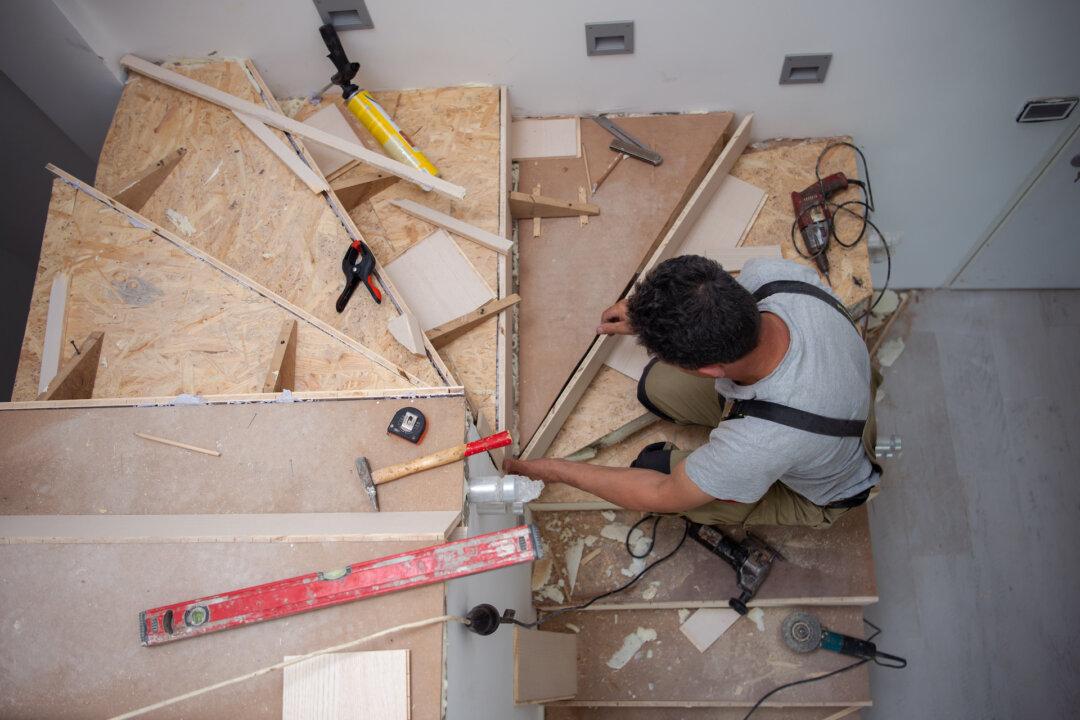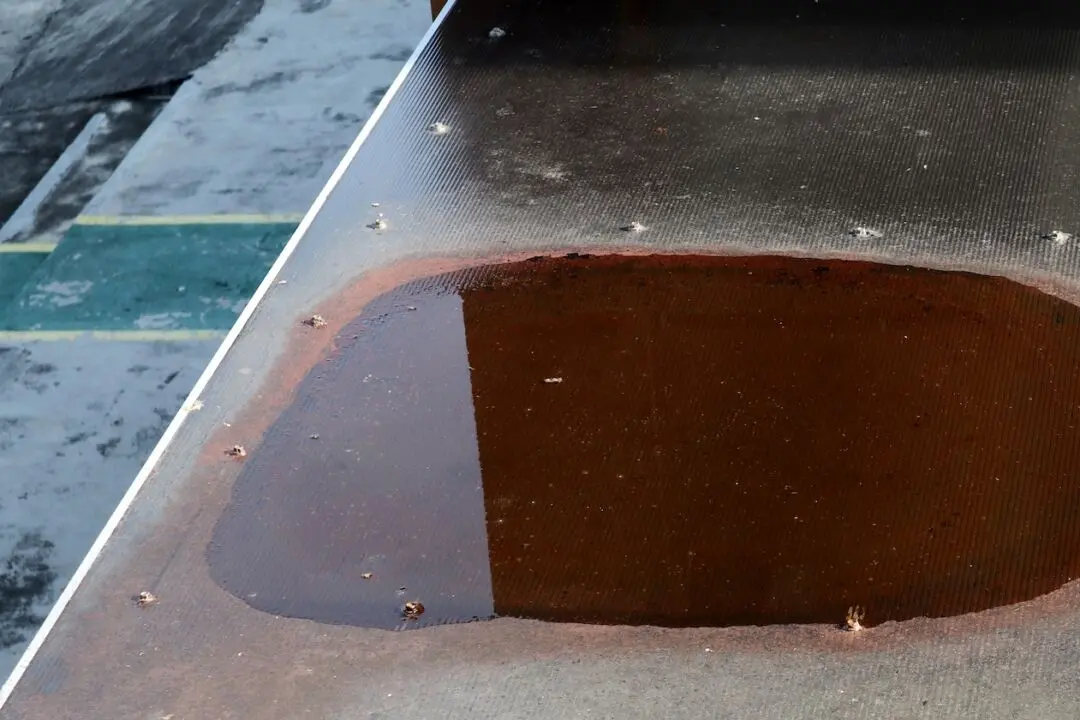Dear James: I want to add an attractive permanent stairway to our new attic bedroom remodel. I want to do as much of the work as possible myself. What do you recommend?—Enrique R.
Dear Enrique: Unless you are experienced working precisely with lumber, building a staircase and handrail system totally from scratch is probably beyond the skill level of the average do-it-yourselfer. Even many experienced builders have difficulty doing it properly, as evidenced by how many handrails feel loose and how many stairs creak.





